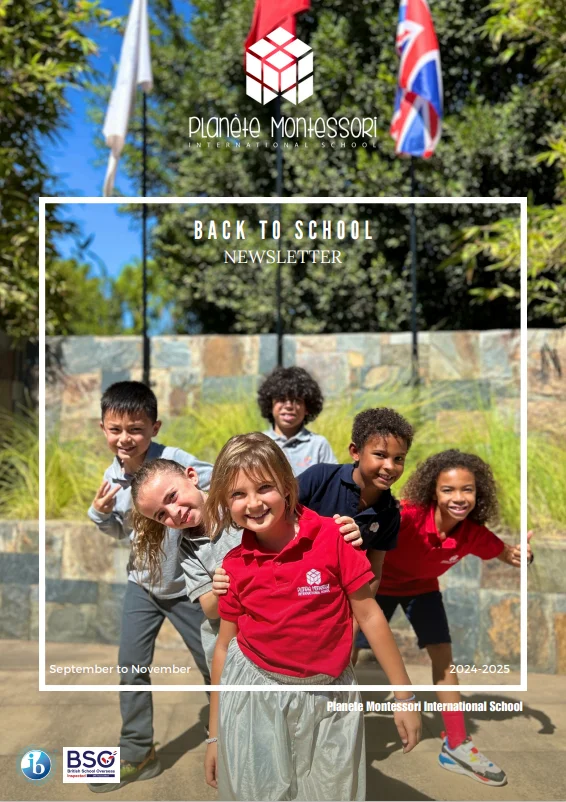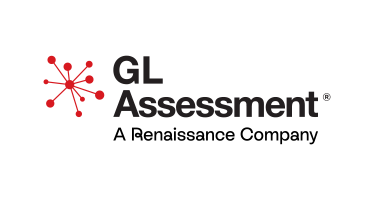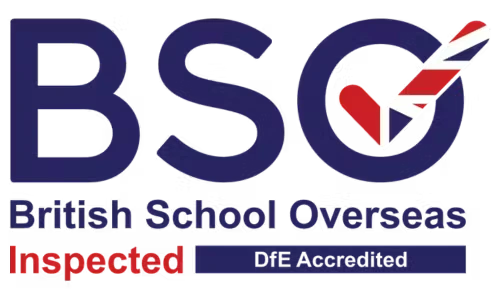1 English immersion kindergarten Morocco: benefits in a Montessori context
English immersion kindergarten Morocco is rising as families look beyond Arabic–French to a trilingual path. In Marrakech and across the Kingdom, Montessori classrooms pair immersion with hands-on, child-led learning. The result is natural language growth, stronger cognition, and wider cultural horizons.

English immersion kindergarten Morocco sandpaper
Table of contents
-
Why English from early childhood
-
Cognitive benefits of early bilingualism
-
How Montessori supports immersion
-
Social and cultural advantages
-
Experiences from Morocco
-
Challenges and practical solutions
-
Conclusion and next steps
1) Why English from early childhood
Neural plasticity before six. Young children tune to sounds and structures quickly. In English immersion kindergarten Morocco, exposure feels like first-language learning.
A global working language. English drives business, science, and technology. Early fluency compounds over school years.
Parental demand for trilingualism. Many families now target Arabic, French, and English to keep future study and career doors open.
2) Cognitive benefits of early bilingualism
Attention and flexibility. Managing two code systems trains selective attention and cognitive control.
Memory and creativity. Daily practice boosts working memory and divergent thinking.
Lower barriers to future languages. Early success reduces anxiety and accelerates later language acquisition—one reason English immersion kindergarten Morocco is expanding.
3) How Montessori supports immersion
Language-rich environment. Songs, stories, and real conversations in English happen alongside free choice of work.
Bilingual materials. Sandpaper letters, moveable alphabet, and picture cards appear in English, linking sound, symbol, and meaning.
Natural, non-translated use. Children understand through daily rituals and real tasks instead of constant translation. This is the Montessori fit for English immersion kindergarten Morocco.
4) Social and cultural advantages
Communication confidence. Children speak without fear of mistakes when feedback is kind and immediate.
Openness to the world. English gives access to diverse stories and traditions, building tolerance and curiosity.
Pathways for later schooling. Early immersion eases entry to IB, Cambridge, or international tracks often considered after English immersion kindergarten Morocco.
5) Experiences from Morocco
-
Salma, Marrakech: “My 4-year-old chats in English with classmates. Progress felt effortless.”
-
Amine, Casablanca: “In a bilingual Montessori, our daughter began reading simple English stories within months.”
6) Challenges and practical solutions
Fear of confusion. Evidence shows children separate codes with consistent contexts. Keep routines stable and input rich.
Qualified staffing. Ask schools about teacher training, classroom English time, and observation opportunities. In English immersion kindergarten Morocco, guide quality is decisive.
Continuity at home. Maintain gentle exposure: English picture books, songs, short shows, and real conversations tied to daily life.
6.1. Fear of language confusion
Challenge: Parents worry about mixing Arabic, French, and English.
Solution: Keep consistent contexts. Home routines in one code, school rituals in another. Use visual cues (color labels per language). In English immersion kindergarten Morocco, teachers model clear code boundaries.
6.2. Uneven teacher proficiency
Challenge: Not all guides are trained for immersion.
Solution: Ask for: (1) AMI or equivalent training, (2) weekly English minutes, (3) observation windows, (4) sample lesson plans, (5) language policy. Prefer classrooms with sustained English during work cycles, not only circle time.
6.3. Limited exposure outside school
Challenge: One or two hours of English a day may be insufficient.
Solution: Micro-routines at home: greeting, snack, tidy-up in English. Ten daily minutes of read-aloud. Weekend nature walks narrated in simple English. Keep it practical, not academic.
6.4. Parent is not fluent
Challenge: Adults fear “teaching mistakes.”
Solution: You are a facilitator, not a grammar coach. Use short, repeatable scripts and real objects. Example: “Please pour. Wipe. All done. Thank you.” Add audiobooks for accurate models.
6.5. Overreliance on screens
Challenge: Passive video replaces conversation.
Solution: Ratio rule 4:1 talk:screen. If you use media, co-view for five minutes, then do a hands-on follow-up (label items used in the episode, act the scene with props).
6.6. Assessment pressure
Challenge: Families expect quick, testable results.
Solution: Track functional milestones, not grammar charts: follows English directions, names objects, requests help, sings a song, retells a story with pictures. Review monthly.
6.7. Materials and costs
Challenge: Imported resources are expensive.
Solution: Low-cost kit: picture cards (DIY), sandpaper letters (homemade), two English storybooks, object baskets (kitchen tools, clothing items). Prioritize real objects + labeling.
6.8. Consistency across caregivers
Challenge: Different adults switch codes unpredictably.
Solution: Agree a simple plan: mornings in Arabic, evenings 20 minutes in English, grandparents free choice. Post the plan on the fridge.
6.9. Accent and model variety
Challenge: Narrow input limits comprehension.
Solution: Rotate sources monthly: UK, US, and neutral accents (audiobooks, songs). Keep core scripts constant to avoid overload.
6.10. Transition years (KG → Grade 1)
Challenge: Immersion fades when schedules change.
Solution: Request continuity: English work cycle + readers in Grade 1. At home, keep the same English micro-routines and weekly library swap.
Home micro-scripts (use daily)
-
“Good morning. Let’s wash hands. Snack time. Please peel, cut, pour. All done? Let’s clean.”
-
“Choose a book. I read. Your turn. Point and say.”
-
“What do you need? I need water. I need help, please.”
10-minute daily routine (parents’ template)
-
Greeting and plan (1 min)
-
Picture book read-aloud (4 min)
-
Practical life in English (pouring or snack prep) (3 min)
-
Clean-up language (1 min)
-
Song or rhyme (1 min)
Classroom quality checklist (quick)
-
Sustained English during independent work
-
Clear language zones and visuals
-
Trained guides; ongoing coaching
-
Mixed-age peer modeling
-
Parent observation allowed monthly
These measures keep English immersion kindergarten Morocco consistent, low-pressure, and effective.
Practical tips for families
-
Create micro-routines: greeting, snack, tidy-up in English.
-
Use Montessori-style prompts: short presentations, then let the child practice.
-
Stock a low shelf with English books and vocabulary cards.
-
Keep it playful: movement games, labeling everyday objects, simple role-play.
7) Conclusion and next steps
English immersion kindergarten Morocco paired with Montessori builds language, confidence, and cultural curiosity without pressure. The method’s guided freedom lets English grow through meaningful work. For Moroccan parents, the next step is observation: visit a class, listen to the language flow, and assess how your child responds.






